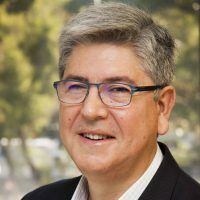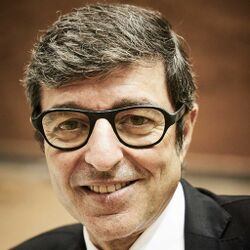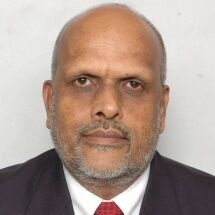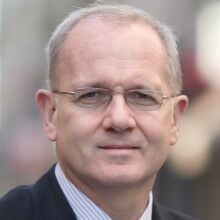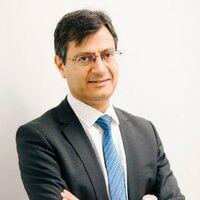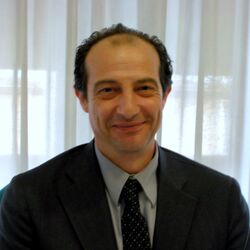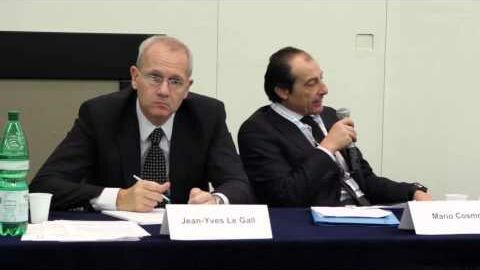Plenary 2: Small and Medium Satellites: a high potential for operators
October 2nd 2012, 08:30 – 10:00
The Plenary event – under the title ‘Small and medium satellites – a high potential for operators’ – moderated by Mario Cosmo of the Italian Space Agency (ASI), addressed the growing interest of using small satellites to reduce costs and secure reliable access to space.
Introducing the session, Jean-Yves Le Gall, Chairman and CEO of Arianespace, said: “If we set aside science missions which are an already specific business, then we have increasing future capability in small satellites in the areas of both Earth Observation (EO) and telecommunications”.
EO is already relatively developed but for the telecommunications sector small satellites are still in their infancy.
“Today, more and more developing countries are looking to procure their own small satellites, which are generally quicker and cheaper to manufacture,” he added.
Antonio Abad, Technical Director and Operating Officer for Hispasat in Spain described satellite communications as a very dynamic and competitive global marketplace with worldwide competition.
“Geostationary orbit (GEO) will continue to be one of the most efficient means for providing global communications services and there is a constant growth in capacity,” he stated.
“The natural trend in this market is to go to larger platforms carrying more and more capacity. Cost reductions have led to the development of larger satellites but there are some market segments where smaller-sized satellites are better.”
Mr Abad said that the strong trend towards larger satellites showed little sign of diminishing in coming years but added that there was still room for small and medium-sized satellites.
He stated that in many situations these could be very attractive because they offered quicker access to market, potentially lower launch costs, compatibility with a greater range of launch vehicles and faster manufacturing times.
They are also an ideal test bed for new technologies and can help with risk mitigation and flexibility in satellite fleet management, as well as offering an on-going reduction in mission complexity.
Another key issue is that small satellites offer an affordable way for many countries with limited budgets to access space both from an EO and communications perspective.
Mr Abad suggested that small to medium-sized satellites could also facilitate a step-by-step introduction to space communications services in regional markets, are a cost-efficient way to provide backup and increase fleet flexibility, and allow operators to enter new markets where transponder utilisation is perhaps still uncertain.
Marco Fuchs, CEO and Chairman of the management board of OHB Technology AG, Germany, told delegates his company was “built around the idea of small satellites”.
He described a new general purpose small geostationary orbit spacecraft platform called SmallGEO, an initiative started with the German Aerospace Centre (DLR) before being taken on by ESA in 2006/7.
Though small and medium-sized satellites will never replace large ones, he thought they would certainly be complimentary and help create a more diverse market.
Mr Fuchs agreed that electrical propulsion would be a clear solution for optimising these satellites and added that OHB was investing in this area and was confident it would pay off in the future.
James Chilton, Vice-President and Programme Manager, Exploration Launch Systems, Space Exploration, Boeing Defence, Space & Security, from the United States, described a number of trends that are making the procurement of smaller satellites more desirable, one of them being the miniaturisation of electronics.
But he said that ultimately the cost of building and launching satellites, and their subsequent operation, would remain a key driver.
“The big question is: will a new demand emerge for small satellites if launch costs drop significantly? Overall I think the future for small satellites is quite bright,” he said.
V.S. Hegde, Chairman and Managing Director of Antrix Corporation, and representing the commercial arm of India’s space programme, said his country had moved towards small satellites for the EO sector and also suggested they represented a big opportunity for universities and the research sector.
Vincenzo Giorgio, Vice-President, Business Segment Optical Observation & Science, Thales Alenia Space Italia, reiterated the potential benefits of small satellites, including good adaptability to the launcher market; reduced construction time; reduced time to bring services to market; applications flexibility and their suitability for series production and multiple launch capability.
He said Thales had developed the EliTe bus to meet a variety of future potential applications.
In looking at some of the key drivers to increase the market, Antonio Abad included a reduction in manufacturing time and the introduction of electric propulsion, both for station-keeping and the propulsion phase from low Earth orbit to geostationary orbit.
“The point is not about reducing mass, it is about reducing costs to orbit,” he said. “If a mass reduction is not accompanied by a cost reduction then it is worth nothing. The real key is reducing launch costs.”
Marco Fuchs urged the satellite manufacturing industry to be innovative. “This is our challenge and what we are working towards,” he stated.
“The time is right for electric propulsion, even though it has been around for a long time. Sooner or later all manufacturers will have electric propulsion in their portfolio.” Boeing’s James Chilton said his company had already designed its first satellite that will use electronic propulsion.
“We need to be responsive not just to technology but also to new business models,” he stated.
Antonio Abad reiterated the push for electric propulsion and said that it would ultimately need to have higher thrust than was presently offered. He suggested that industry should respond to the challenge by increasing the thrust options available in the future.
Summing up the Plenary session, Jean-Yves Le Gall said: “What I have heard this morning clearly shows that when speaking about small to medium-sized satellites, they are an increasingly preferred option for EO missions.”
“What is really at stake is electric propulsion. It has been in existence for many years but now has been kind of re-born because there are possibilities to launch small or light-weight satellites at a low price.”
Panellists
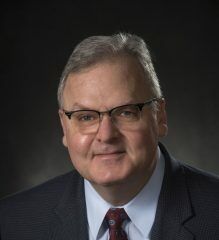
James CHILTON
Senior Vice President, Space and Launch, Boeing Defense, Space & Security
United States

